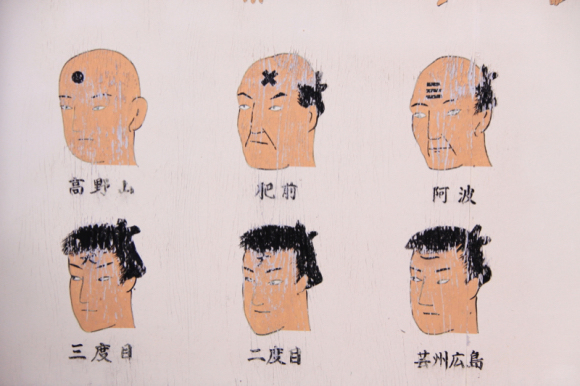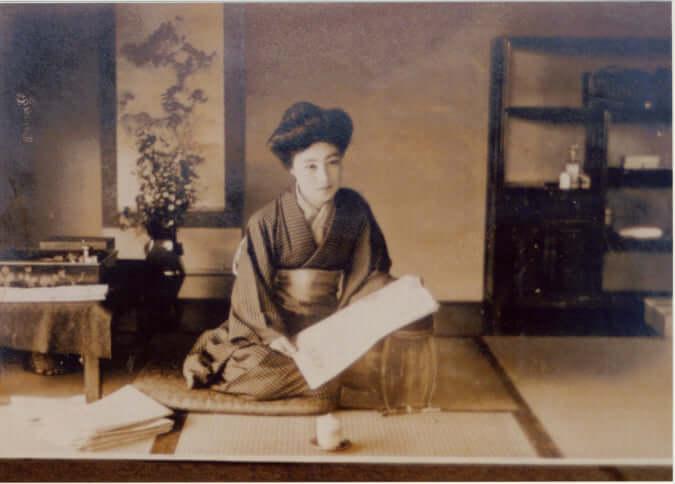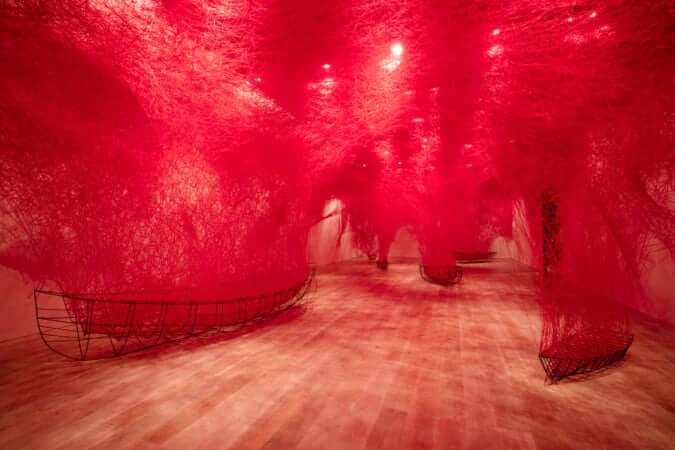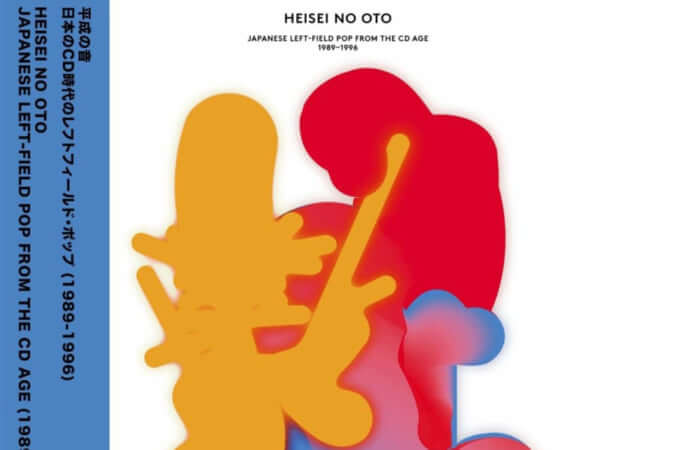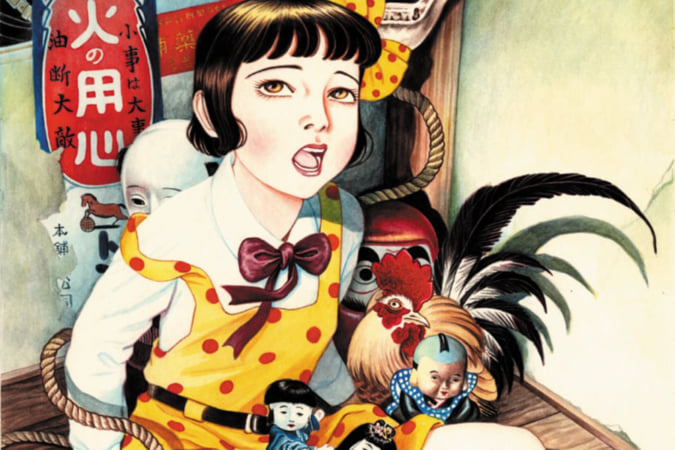Everything There Is to Know About Tea
In ‘Tea: It's Not Rocket Science’, Yasu Kakegawa offers tips and analysis to deepen readers' knowledge of this hugely popular drink in Japan.
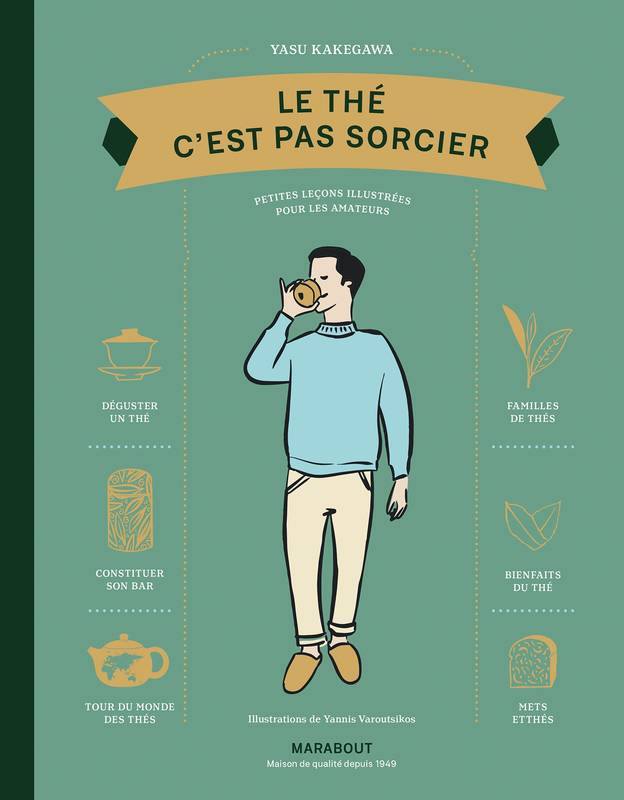
© Éditions Marabout
Yasu Kakegawa is a tea expert and discoverer of rare crops from all four corners of the world, but also a lecturer and tea sommelier and consultant. In his book Le thé c’est pas sorcier (‘Tea: It’s Not Rocket Science’), he has compiled extensive information that is aimed at both novices and experts alike. Different types of tea, producing countries, the history and culture of tea, but also advice on how to taste tea: his book is a little bible.
While Le thé c’est pas sorcier does not focus solely on Japan, the country occupies a prominent position in the book. The reader discovers that the word tea first appeared in Japanese texts in 815: Eichu, a Buddhist monk, is said to have served tea to Emperor Saga in Boushaku-ji Temple. Later, in the 15th century, production of the famous matcha tea began in Japan thanks to the shady growing conditions. The reader also learns about the different types of tea found in Japan, from the classic sencha green tea to matcha, which are used for the tea ceremony, among others, via genmaicha, a tea mixed with grains of roasted popped brown rice.
Tea and food pairings
Complemented by illustrations by Yannis Varoutsikos, Le thé c’est pas sorcier is split into several chapters including culture, production around the world and benefits.
Thus, readers will discover the producing countries, the steps involved in the manufacturing process, how to differentiate the many different tea families, how to prepare and taste it but also what dishes to drink it with, as Yasu Kakegawa has also included some tea and food pairings.
Le thé c’est pas sorcier (‘Tea: It’s Not Rocket Science’) (2021), a book by Yasu Kakegawa published by Marabout (not currently available in English).
TRENDING
-
The Tattoos that Marked the Criminals of the Edo Period
Traditional tattoos were strong signifiers; murderers had head tattoos, while theft might result in an arm tattoo.

-
The Story of Sada Yacco, the Geisha who Bewitched Europe
Described by Dazed magazine as the first beauty influencer, she has been restored to her former glory since 2019.

-
Chiharu Shiota, Red Threads of the Soul
Last year, more than 660,000 people visited the retrospective 'Chiharu Shiota: The Soul Trembles' exhibit at the Mori Art Museum.

-
Japanese Left-field Pop From The CD Age, 1989-1996
‘Heisei No Oto’, a compilation of hidden gems in the unspoken depths of Japanese pop, reveal blissful moment of technological possibility.

-
‘Shojo Tsubaki’, A Freakshow
Underground manga artist Suehiro Maruo’s infamous masterpiece canonised a historical fascination towards the erotic-grotesque genre.

